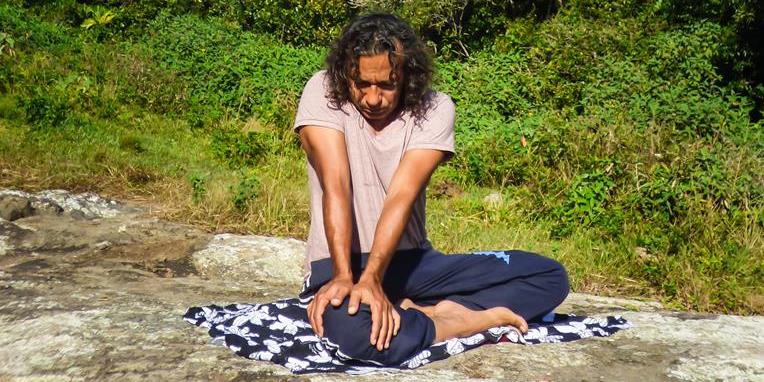
Just as it’s wise to warm-up before doing your exercise routine, it’s likewise important to slowly build-up your physical activities if you are not used to regular exercise.

If you haven’t exercised in a while, maybe months or even years, your body will need to adapt to the renewed physical efforts. So, don’t just suddenly start biking two hours every day, but begin, for instance, with three times a week for half an hour. Most likely, even with only thirty minutes of mild intensity exercise, you will experience quite some muscle soreness and fatigue the day after.
If you do too much in the beginning it increases the chances of (structural) injury because your body is simply not prepared for high intensity exercise. In addition, the time it takes to go exercising two hours every day will probably interfere with all those other activities in your daily life, which will only add to stress and make it much harder to getting used to regular physical exercise in your life.
At any rate, in the beginning make sure you rest at least one day after each day of exercise so that your body gets the chance to recuperate. Basically you will need to listen to your own body carefully, which means that you might even need two or three days of recuperation after a day of exercising.

Just take it easy and give your body the time to get used to the new regime. There’s some effort and “suffering” there in the beginning, sure, but your body will become stronger, fit, and healthier, and gradually you will be able to do more and more often.
There are many proverbs that apply to this initial situation, such as “No pain, no gain,” “It gets worse before it gets better,” and “When you cross the river you get wet, and on returning you’ll get wet again,” and keeping those in mind may be helpful in supporting you not to give up.
Yet another thing to guard against is excessive exercise, also called overtraining. Doing too much with too much intensity (even if it’s just for one hour) not only heightens the risk of physical injury during your exercise, but also the risk of more structural damage afterwards; your body might experience enormous difficulties to recover or enters a stage of persistent dysfunction of certain body parts or body systems.


















